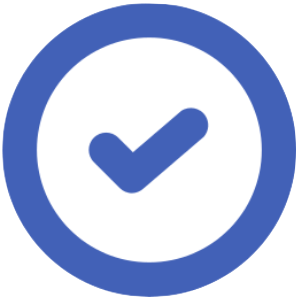 YOUTUBE VIDEO:
https://www.youtube.com/watch?v=2Td5Gsr5KmU
YOUTUBE VIDEO:
https://www.youtube.com/watch?v=2Td5Gsr5KmU
 Products & Prices ESL Lesson Description
Products & Prices ESL Lesson Description
OVERVIEW & OBJECTIVES
This ESL lesson plan on products and prices offers engaging activities, PDF worksheets, and digital materials designed for beginner A1-A2 students. In this lesson, students will:
- Discuss different products in sports shops and everyday stores while sharing their opinions.
- Learn and practice essential vocabulary for prices, discounts, and comparisons.
- Watch a fun video about Tottenham club shop items, focusing on cheap and expensive products.
- Practice target language such as “a bargain,” “a complete rip-off,” “high price,” and “on sale”.
- Participate in a speaking activity where they shop and talk about about products, prices, & discounts.
PREVIEW & DISCUSSION
Students begin this ESL lesson on prices and products by looking at images of products from a sports club shop, such as scarves, mugs, trousers, and pin badges. They match products with images and guess the prices, then discuss which items are cheap or expensive. Next, students answer guided questions about sports teams, popular sports in their area, and whether they have merchandise from their favorite teams. They then read the prices of the items and use prompts like “You can buy a [—] for…” to practice saying prices aloud. Finally, students discuss any products they own from sports teams, encouraging personal connection and speaking practice. This section introduces key vocabulary and phrases for describing products and prices, setting the stage for the viewing activity.
VIEWING ACTIVITY
Students watch a short video exploring the Tottenham club shop, where a host finds items ranging from a £500 pin badge to a 20p bag. They first put the products in order from most expensive to cheapest, then identify the one item that is cheaper than the birthday card. Students watch again to match each product with its correct price, reinforcing comprehension and number recognition. The video is entertaining and visual, keeping beginner learners engaged while they practice speaking and listening. During this activity, students focus on vocabulary like cheap, expensive, and specific product names while following the storyline of discovering surprising prices.
VIEWING FOLLOW-UP
After watching, students discuss whether the Tottenham shop is cheap or expensive and which prices surprised them. They examine phrases from the video, such as “a complete rip-off,” and classify them into categories: expensive, normal, or cheap. Students then practice saying the prices of everyday items using these phrases and discuss whether products like headphones, coffee, or a suitcase are a bargain, pricey, or typical. This section reinforces vocabulary and comprehension, helping students use price-related expressions in context.
ACTIVATION: SHOPPING TIME! WHAT DO YOU WANT TO BUY?
Students choose three items they want to buy, either from suggested categories like electronics, clothing, and holidays, or their own ideas. They guess prices if they are unsure and record them in a table. Then, in pairs or small groups, students share what they want to buy, guess each other’s prices, and discuss using target vocabulary: a complete rip-off, a bargain, high price, great deal, fair, on sale, typical price, pricey, % off, too much. Alternatively, students can use discussion prompts about items they bought, stores they know, or sales they experienced. This section provides authentic speaking practice, consolidating the lesson’s vocabulary and price-related phrases while allowing students to engage creatively with the topic.
BENEFITS OF USING THIS PRODUCTS AND PRICES ESL VOCABULARY LESSON
This products and prices ESL vocabulary lesson gives teachers a clear structure to teach key vocabulary and expressions about products, prices, and discounts. It builds students’ confidence in speaking about everyday shopping situations. It uses a fun video to make learning memorable and engaging. It combines listening, reading, speaking, and writing practice. Teachers can adapt activities for pairs or small groups and foster interaction with authentic discussions about shopping habits. The lesson encourages students to use price-related phrases naturally while practicing numbers and currency in context.
 Video Description
Video Description
 Lesson Activities
Lesson Activities
Shopping, Products, Prices, Discounts, Sports
Ordering, Short Answer, Price Matching
Phrases Related to Prices, Money, Cost, Bargains, Value, Transactions
Shopping & Price Discussion, Quiz & Review, Lesson Reflection
 Lesson Topics
Lesson Topics
Shopping, Fan Shop, Products, Prices


 Like us on facebook
Like us on facebook
